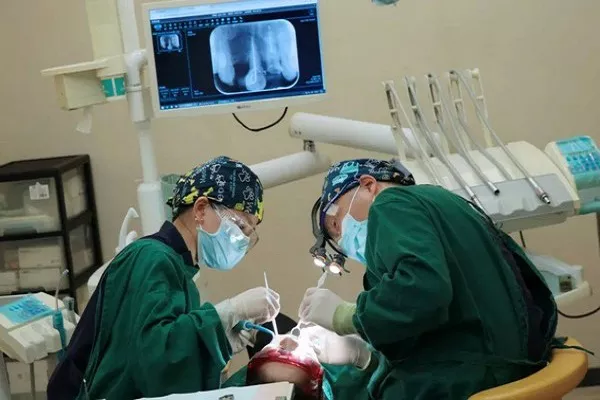Root resorption is a common and potentially serious problem in orthodontics. It occurs when the body’s immune system attacks and breaks down the root structure of a tooth, resulting in its shortening or disappearance. This can lead to a range of issues, including tooth mobility, increased risk of infection, and ultimately tooth loss.
Root resorption can be caused by a variety of factors, including genetics, trauma, and orthodontic treatment. Orthodontic treatment, in particular, is a common cause of root resorption, as the forces applied to the teeth during treatment can place significant stress on the roots.
Orthodontists are trained to monitor their patients for signs of root resorption and take steps to prevent and manage it when necessary. This may involve using less force during treatment, adjusting treatment plans, or even discontinuing treatment altogether in extreme cases.
To minimize the risk of root resorption during orthodontic treatment, it’s essential to work with a qualified orthodontist who is knowledgeable about the condition and experienced in its treatment. Patients should also be aware of the symptoms of root resorption, which can include pain, sensitivity, and changes in tooth position or alignment.
In summary, root resorption is a serious issue in orthodontics that can lead to tooth loss and other complications. Patients undergoing orthodontic treatment should work closely with their orthodontist to prevent and manage this condition, and be vigilant for any signs of its development.
































